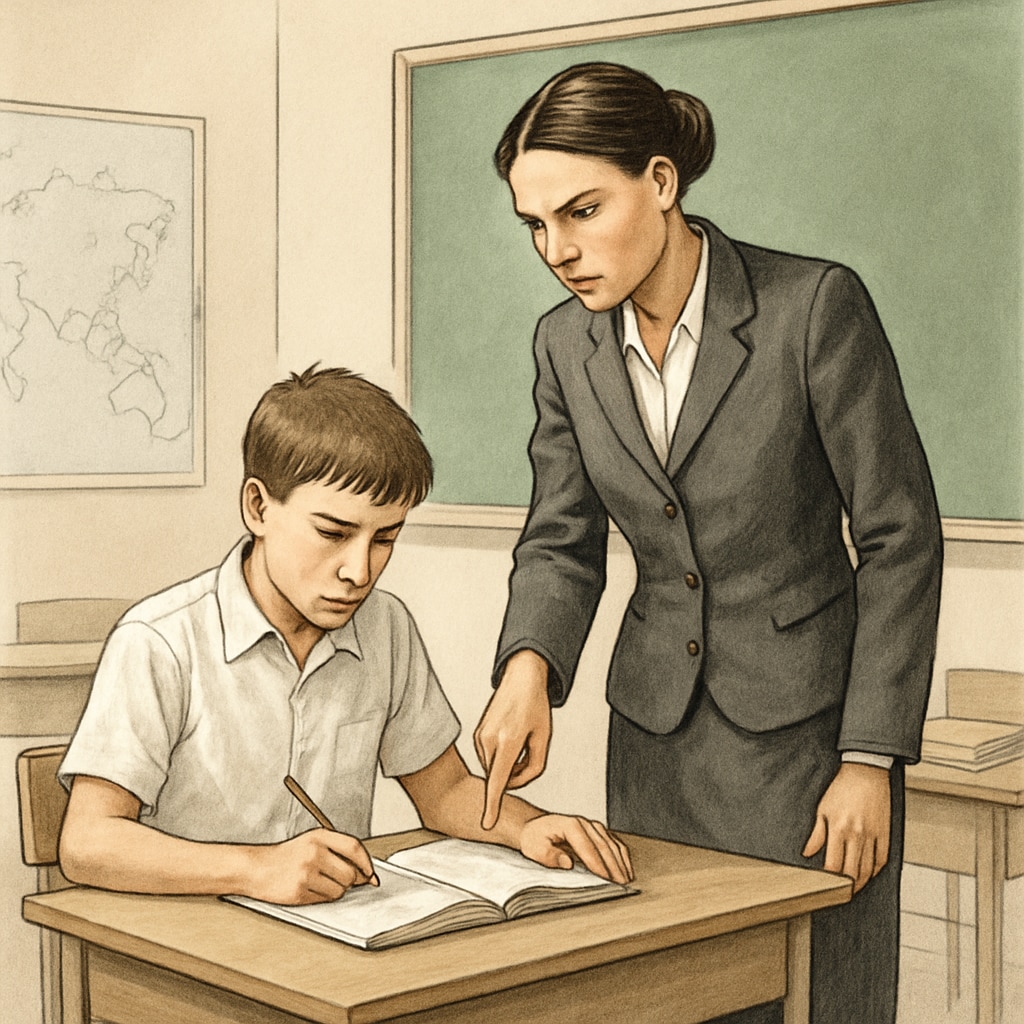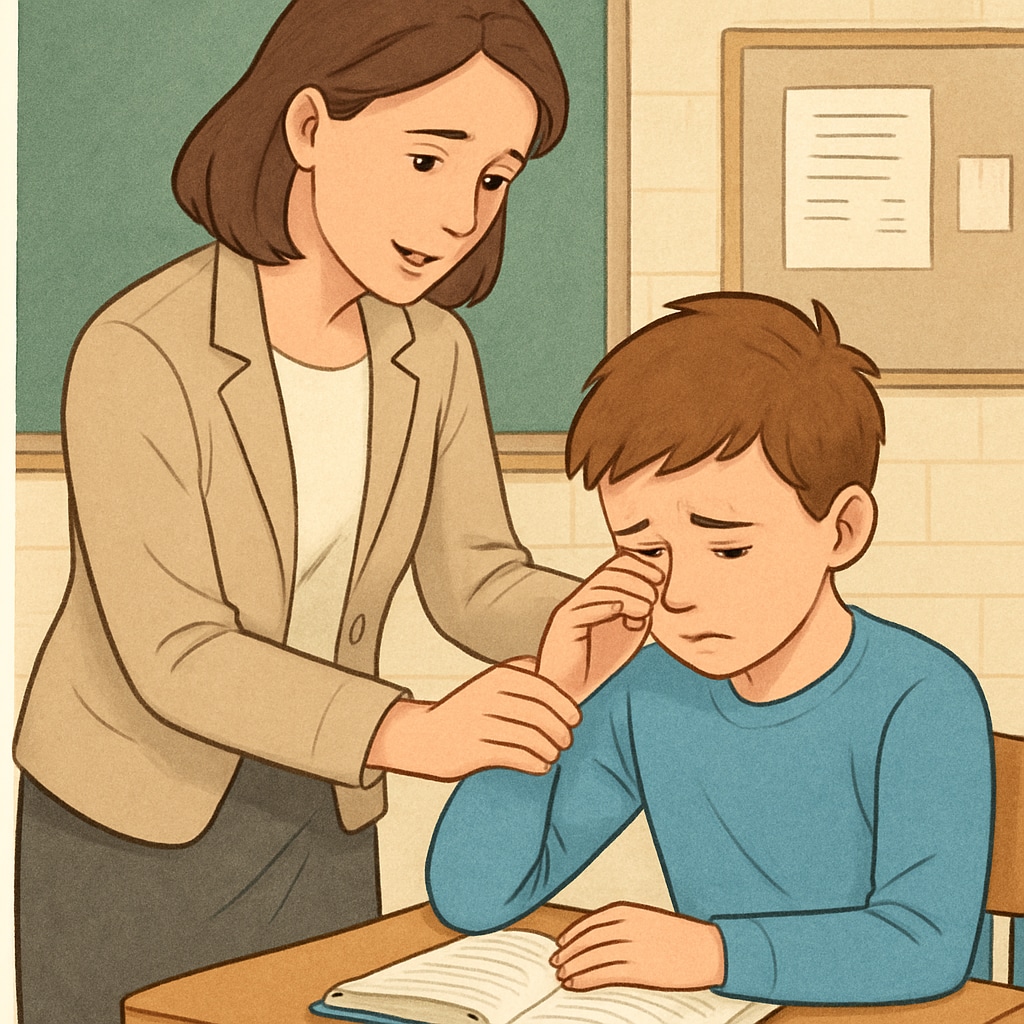The tension between pushing students to their limits and nurturing their emotional growth is a recurring theme in education. This ethical dilemma, often seen in K12 education, has been vividly highlighted in the film Whiplash. The story of an ambitious jazz drummer and his relentless instructor raises critical questions about how far educators should go to inspire excellence. In K12 classrooms, strict teaching methods can foster personal growth and achievement but may also risk emotional harm. Finding the balance between these approaches is both an art and a science.

Strictness in Education: A Double-Edged Sword
Strict teaching methods have long been valued for their ability to push students beyond their perceived limits. Educators who employ these strategies often argue that high expectations and rigorous discipline are necessary for personal growth and academic excellence. For example, techniques such as assigning challenging tasks, holding students accountable, and providing constructive criticism can motivate learners to strive for their best.
However, these methods can become counterproductive if they cross the line into emotional distress. Research has shown that excessive pressure can lead to anxiety, burnout, and a decline in motivation. According to educational psychology, students need a balance of challenge and emotional support to thrive. When strictness overshadows empathy, the educational process may harm rather than help.
Emotional Care: The Foundation of Long-Term Growth
On the other hand, emotional care is equally essential in K12 education. Teachers who focus on building supportive and trusting relationships with their students create environments where learners feel safe to take risks and make mistakes. This approach fosters resilience and self-confidence, which are critical for long-term personal growth.
For example, techniques such as positive reinforcement, active listening, and individualized feedback can make students feel valued and understood. According to emotional intelligence research, these practices not only improve academic performance but also enhance students’ social and emotional skills. However, an overly lenient approach may fail to challenge students, leading to stagnation rather than growth.

Balancing Excellence and Well-Being: A Path Forward
To achieve the ideal balance of strictness and care, educators must adopt a nuanced approach. This involves setting high expectations while simultaneously providing the emotional support students need to meet them. For example:
- Use constructive criticism to challenge students while emphasizing their strengths.
- Create a safe space for open communication where students can express concerns without fear.
- Tailor teaching methods to individual needs, recognizing that every student responds differently to challenges.
- Incorporate mindfulness and stress management techniques into the curriculum.
Educators should also be mindful of their own emotional health. A teacher’s ability to balance strictness with care often depends on their capacity for self-reflection and adaptability. Schools can support teachers by providing professional development opportunities focused on emotional intelligence and ethical teaching strategies.
Lessons from Whiplash: A Cautionary Tale
The film Whiplash serves as a cautionary tale about the dangers of extreme teaching methods. While the instructor’s relentless pursuit of excellence pushes the protagonist to achieve greatness, it also leads to emotional breakdowns and strained relationships. This narrative underscores the importance of finding the ethical balance between strictness and care. Educators must ask themselves: Is the pursuit of excellence worth the cost of emotional well-being?
Ultimately, K12 education is about more than academic achievement; it is about shaping well-rounded individuals who can contribute to society. By balancing strict teaching methods with emotional care, educators can inspire both excellence and personal growth, ensuring that students thrive in all aspects of their lives.


